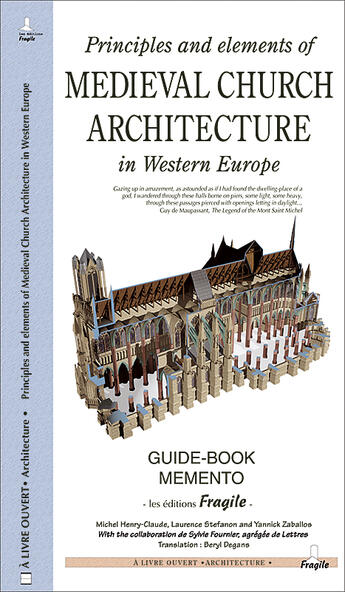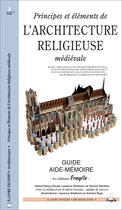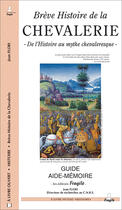-
Date de parution : 01/01/2001
-
Editeur :
Fragile
-
EAN : 9782910685324
-
Série :
(-)
-
Support :
Papier
Résumé:
This work is made up of three fundamental parts. The first Definition of the Plan enables the reader to apprehend the origins of Medieval Church Architecture in the West (the basilican choice) as well as the reasons (hierarchical, political, economic) for the architectural distribution inside a... Voir plus
This work is made up of three fundamental parts. The first Definition of the Plan enables the reader to apprehend the origins of Medieval Church Architecture in the West (the basilican choice) as well as the reasons (hierarchical, political, economic) for the architectural distribution inside a church. The second part the Mastery of the Forces is an exhaustive analysis of the forces which disrupt the equilibrium of a building of the longitudinal type and of the whole of the Romanesque and Gothic techniques invented to fight against these forces. The last part the elements enables the study of the whole of the architectural objects of a church, arches, vaults, supports etc. and their function within the building. The illustrations entirely in synthetic images are numerous throughout the book.CONTENTS : Introduction - Milestones - Definition of the plan - The plan of a Church - The origins of the basilican plan - Aisles, side aisles, mastering the interior space - The Christian choice - East and west - Magistrates, faithfull & pilgrims - The Church within the church - Main periods - Mastering the forces - Forces, the Romanesque equilibrium - At the heart of Romanesque Church - Romanesque and the feudal universe - The forces, gothic light - At the heart of a gothic church - A theology of light - A monastery, an enclosed world - The elements - Arches - Vaults - Timber frame roofs - Supporting members - Shouldering and buttressing - Openings - Tools, material...& builders - Glossary - Index - Decoration - For further information - Some churches and cathedrals in France.
Donner votre avis











